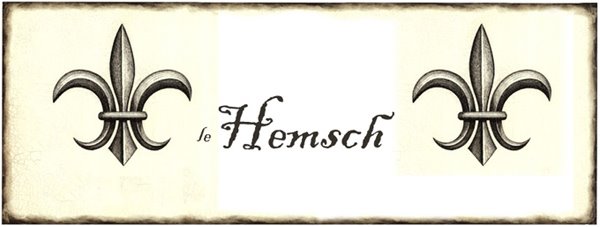The case is made of poplar. I'm using FAS, FSC S4S 1x12 from Sterritt. First step was bending the bentside.
I made the form out of eight layers of plywood. The thing weighs about 40 kg and takes 10 clamps. My steaming apparatus is pretty sketchy... I just used plastic trash bags and a wallpaper steamer.
The first time I tried bending... well, it cracked. I had put a test piece in the steam bag, like I read is good to do. I tried bending that test piece, and it was fine. But when I took it out of the bag, I musn't have sealed it well enough, because the actual piece cracked significantly.
I suppose it was a bit of a good thing I got a new piece of wood for the bentside, as my first one I had to plane and join down to about 1.3 cm (0.5 in) from a desired 1.9 cm (0.75 in) due to cupping. The new piece is much straighter, though not very clear. Luckily, it worked.
I'm leaving the piece to dry in the form for about two months. However, just from leaving the cracked piece in the form overnight, I found that there isn't much springback at all!
I finished my first set of 90 degree practice dove tails (hand cut). They fit snugly, but don't seat as perfectly as I'd like (didn't clean out the waste cleanly enough). The actual ones that I need to cut (three joints) form joints at about 80, 120 and 110 degrees.
Off to Thailand and Malaysia...
Thursday, December 21, 2006
Introduction

I'm a first year at MIT and I'm building a harpsichord.
I've played piano for about 12 years; since coming to MIT I've switched to (or added to my instrument breadth) harpsichord. It's a fantastic instrument that came before the piano. Instead of the strings being struck with a hammer, they are plucked with quills.
J. S. Bach didn't write much for piano - when it was invented, he wasn't thrilled with it, and continued writing primarily for harpsichord and organ as keyboard instruments.
This harpsichord is a very special one. It was built probably in 1736. The original is on display at the Boston Museum of Fine Arts. It is heavily gold leaved, painted very ornately, and belonged to one of the wealthiest families in France at the time.
An MIT alum, R.K. Lee, apprenticed under Frank Hubbard, who restored the instrument in the 70s. Lee drew up very inclusive plans of the instrument, which I am basing my construction on.
I'm doing most of the construction at the MIT Hobby Shop with the help of Hayami and Ken.
Subscribe to:
Posts (Atom)

